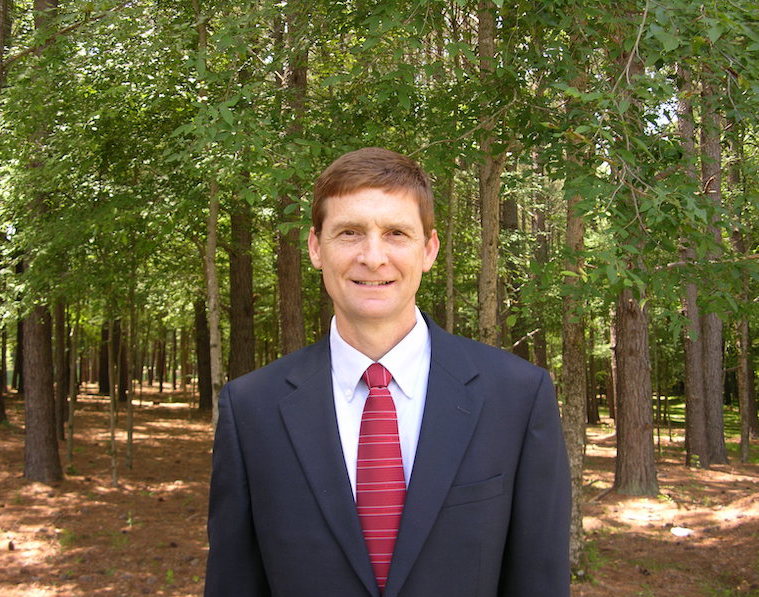Q: Our city wants to host more multiple-day travel tournaments on top of our heavy weekday schedules. Do you have any tips to improve recovery so we can sustain this additional wear and keep our field standards high?
A: Too much use on the limited number of fields continues to be an issue in areas of the country that are experiencing rapid population growth. Adding synthetic fields or replacing some percentage of natural grass fields with synthetic surfaces has been the answer for some towns and schools. I am partial to natural grass fields, but when there is a desire to schedule fields like they are tennis or basketball courts – with no downtime – I understand the need for synthetic surfaces.
Some cities like the idea of building “mega parks” or multi-sport complexes that can host larger tournaments and generate local revenue from sales and lodging taxes. In many cases, these do not replace the smaller community-based facilities, which are useful for daily play and smaller tournaments. Consequently, new tournament mega parks often have a positive influence on the field conditions of smaller parks.
The four major components of a well-constructed field are a good soil medium, appropriate drainage, a well-designed irrigation system and establishment with an adapted turfgrass. Afterward, it is all about controlled use, water management and field maintenance.
Your first line of defense in keeping a field in the best shape possible is to control field use. Moving field sidelines or goals (as allowed by the sport and available field area) can be effective at changing your dominant wear areas. Over the season, this can be extremely effective. If the amount of use continues to escalate, at some point it can overwhelm routine maintenance practices. This is why it is paramount that field managers have the ability to influence field scheduling and closure. Part of that influence should include a rainout policy for the fields.
With respect to maintenance practices, turfgrass should be mowed regularly based on growth rate and desired mowing height. Most grasses/fields have a “sweet spot” for mowing height. For hybrid bermudagrass in the transition zone, that sweet spot is usually somewhere between 0.75 and 1.5 inches. I have also seen some great fields mown at 0.5 inch and others at 2 inches, so it may take some experimenting to find where your field performs best.
For a turfgrass to recover from wear, it must be actively growing. Bermudagrass will respond to nitrogen fertilizer; in general, the higher the rate, the faster the recovery from damage. Also, well-fertilized grasses are darker green and generally will have fewer weeds. A good rule of thumb is to apply one pound of nitrogen per 1,000 square feet per growing month. Some turfgrass managers will selectively increase rates in the high-wear areas in addition to the blanket applications.
Proactively core aerify the fields on a regular basis. In addition to reducing compaction, this practice helps with water infiltration, fertilizer efficiency and gas release. Using solid tines or venting the field between core aeration can also help during the season when you do not want surface disruption. The more a field is used, the more it should be aerified. My recommendation is to core aerify high-use fields a minimum of three to four times per growing season.
There are more practices and products that could be used, but these usually come at a much greater cost. Construction alternatives include using sand-based soil profiles with extensive subsurface drainage, and replacing high-wear areas during play with thick-cut sod. Managing surface temperatures with growth covers or managing light levels with grow lights can improve recovery, but at a substantial investment cost. In the end, a budget usually draws the line as to what is possible.
Grady Miller, Ph.D.
Professor and Extension Turf Specialist
North Carolina State University
Questions?
Send them to Grady Miller at North Carolina State University, Box 7620, Raleigh, NC 27695-7620, or e-mail grady_miller@ncsu.edu
Or send your question to Pamela Sherratt at 202 Kottman Hall, 2001 Coffey Road, Columbus, OH 43210 or sherratt.1@osu.edu


